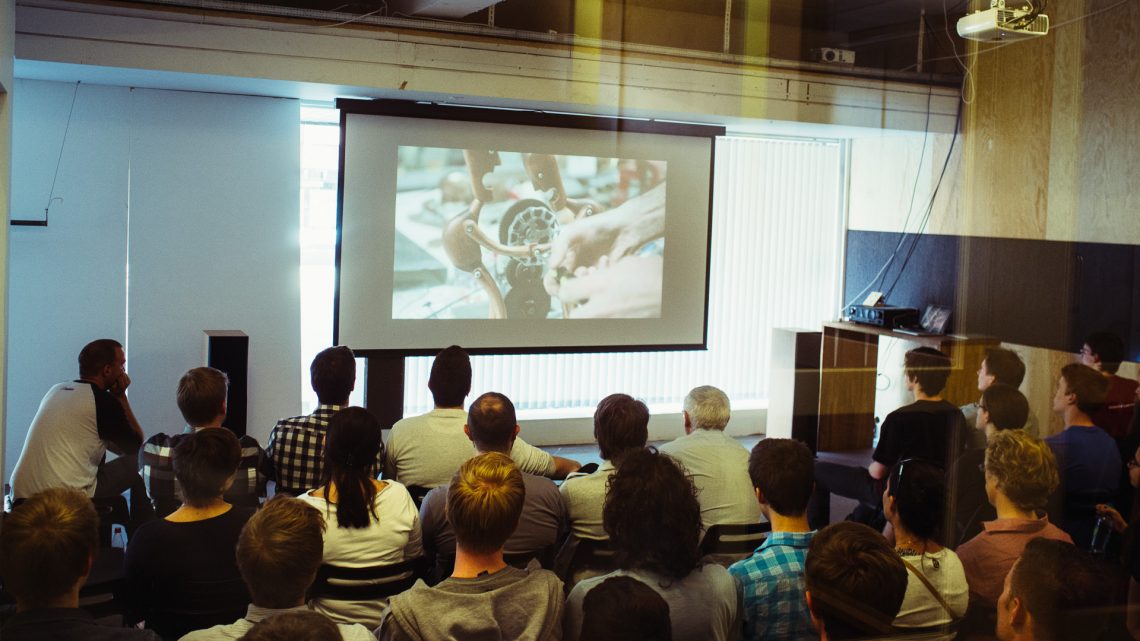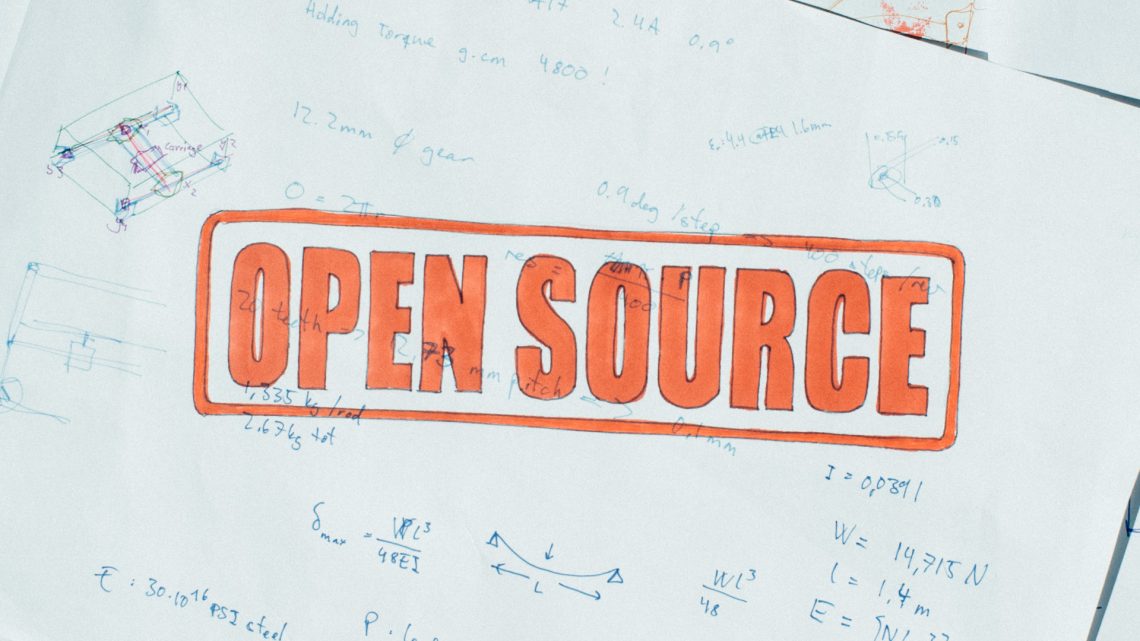
“The Only Thing That Is Constant Is Change.”
Growing up today is without doubt different from growing up a couple of decades ago. Everything from common household technology to communication systems are totally different. And often overlooked, but extremely important, is the development regarding knowledge sharing and education.
Open Source and knowledge sharing is one of the main contributors to the extreme innovation speed we have today. Open Source is something that surrounds you everyday, and it’s not something “the youth” has to learn, but rather something that we must enlighten the uninformed (and often “Open-Source-afraid”) people about.
The Open Source Generation consists of us that believes in progress through openness and collaboration.
When I talk about the Open Source Generation, I mean people who have grown up in a time where sharing of knowledge and the internals of state-of-the art inventions, is regarded as common. And this sharing is often characterised as a real-time, two-way conversation and contribution. Plans from old DIY electronics magazine is “Open Source”, but it’s not two-way real-time communication.
The “Open Source mindset” is automatically loaded in to the brains of all people growing up today.
Just thinking about how many open source project I have studied and learned from, makes me realise how much this movement has meant for me. And yes, I’m really motivated (and finally skilled enough?) to begin paying back! And compared to paying back your student loan, this kind of payback is both rewarding and fun.
The “Open Source-mindset” is for many a completely new frame of mind. Someone would call it a completely new paradigm. So how can we from this “Open Source Generation” communicate what this is about?
What is “Open Source”?
Open source is not just about giving away your inventions for free. It’s about collaborating. It’s about “give before take”. It’s about creating a community. It’s about synergy (1+1 > 2).
When you create an open source project you publish all plans, drawings and things like that. And you publish it in a format that is easy to work further on. And you put a type of open source license on top of it, which among other things states that when someone distribute things from your project they have to apply the same license to it.
A more in depth definition of open source can be found here.
But what about the patent system? Intentions and results
The patent system was created to protect the inventors from other big (and ugly?) corporations trying to take away your invention. A mechanism that was supposed to work kind of like the Open Source system.
What people often forget is that the patent system was both created to share AND protect knowledge. All granted patens must include a detailed description of what the invention is. But what happened here?
I think that the patent system is way outdated for todays rapid innovation processes. And that the system is used incorrectly.
By incorrectly, I mean that instead of using it as it’s meant to be used; namely giving the inventors a limited time where they, and only they, can work on that creation, against that they must share the details, it’s being used as weapon against people that has created something new. And if you have enough lawyers and a similar enough patent, you can totally destroy them.
Instead of using patents as shields, are they being used as weapons.
And the knowledge sharing through patents is not working out. It should be possible to read a patent to learn something new. But it’s not. Most patents is written in a language called “lawyerised”, almost impossible to understand for the common maker. And they often include a lot of different misleading tracks, that the inventors know didn’t work out.
Norm today: If you have enough money, patent it no matter how useless it is, as long at is going to divert your competitors!
In this article, Stephen van Dulken presents several bizarre advertising patens. Including this one, where temporary tattoos are used for advertising on the backs of, for example, boxers:
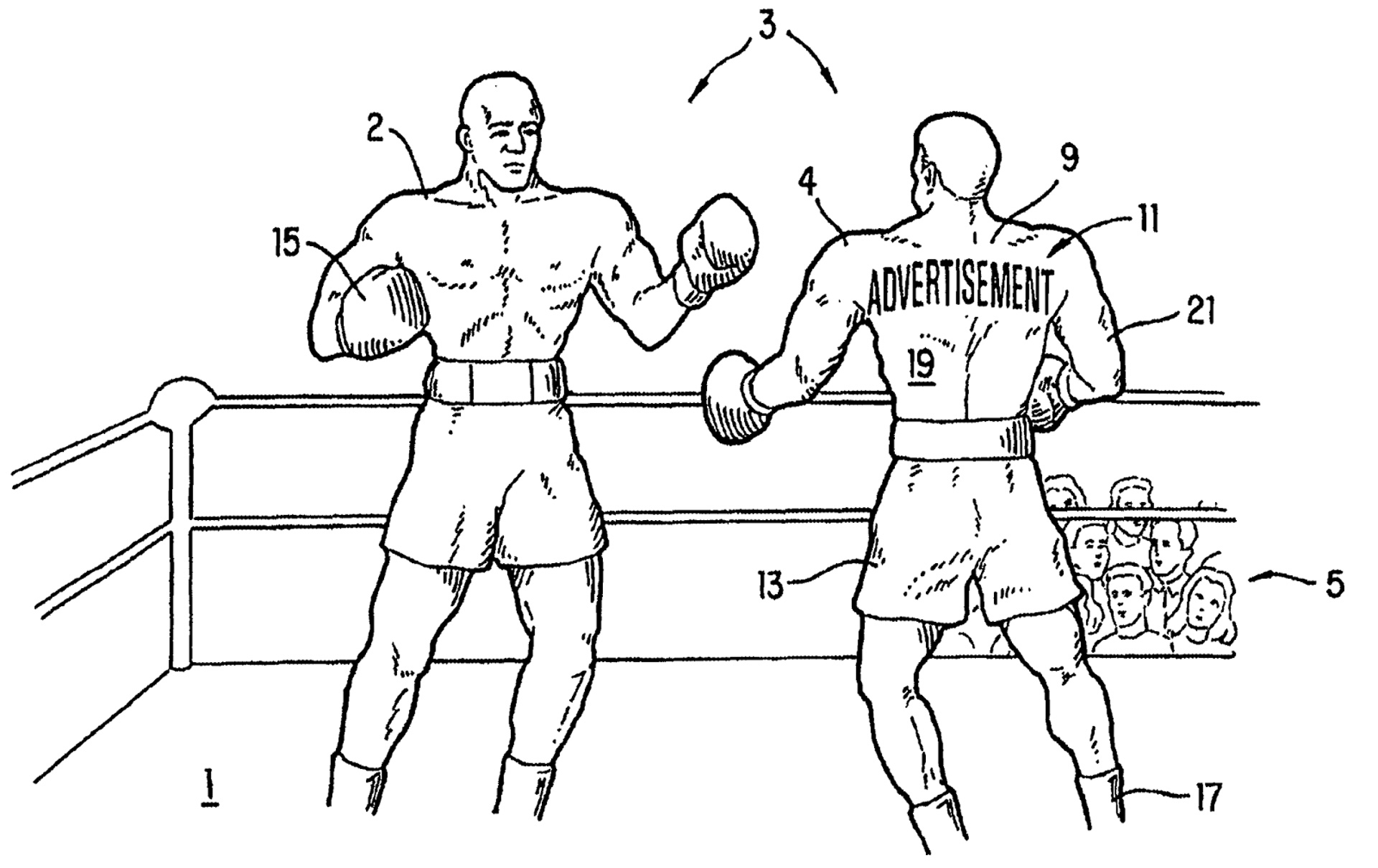
Patents are often used as negotiation cards and weapons
Apple and Samsung has been in a soon 4 year long patent war. Just imagine what awesome stuff this two tech giants could have created if they hadn’t used enormous amounts of resources on this war.
The forward leaning IPR-lawyer Tommy Dahlen compared this and all other “patent-wars” with the nuclear weapon armament that happened under the cold war.
“The only way to get back on track is to create a kind of patent disarmament program.” – Tommy Dahlen
This is not going to happen by it self. Big patent-heavy companies has to take the lead!
But what about Tesla? Didn’t they just “free” all their patents?
In a sense they did. They still own their patents, but they will NOT legally pursue anyone infringing their intellectual property guarded by those patents. Nice!
So is Elon Musk a “patent-disarmament-saint”?
Maybe.
Of course it looks like that, and many people will say that. But it’s without doubt, some economically intentions, as well as his ideal attitudes, behind this action. My guess is that he needs standardisation around Tesla’s design. If Tesla’s supercharger station becomes the standard, it would without doubt contribute to their growing money bag. And all kinds of standardisation around their technology would of course create an easier product-to-market path. And I also think that they need the average Joe to adapt to the electric car, before the next wave of personal transportation system hits the market (hydrogen maybe?).
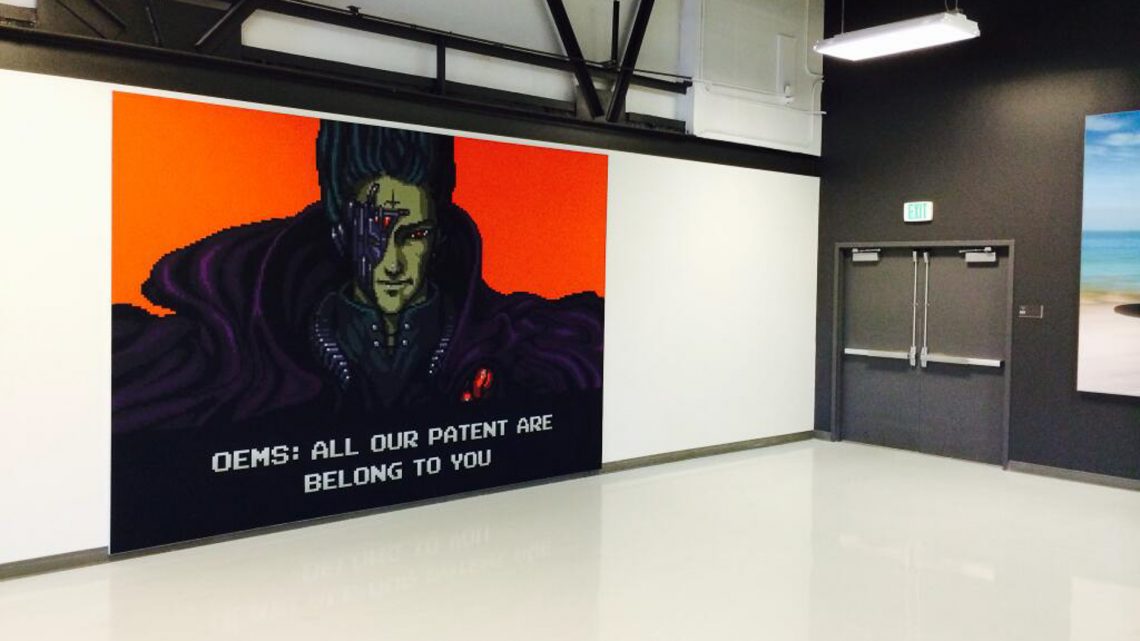
As I see it, the “Open Source movement” is growing stronger each day. And that’s partially because of the wrongly used patent system. Even several big corporations are releasing open source projects, as they see it as a better alternative than patenting down stuff.
But is it possible to earn money on an open source project?
Everyone does an internal comparison between how much the project can earned when “closed” VS “open”. And your biggest fear is that some big factory will copy your design, manufacture it, and distribute it cheaply.
As Mike Szczys explains in this article: “If you build something worth using this is going to happen either way. The goal should be to make a connection with your target users and to act ethically.”
And when it comes to revenue: YES, it’s certainly possible to earn money on open source projects!
To take DIY-drones as an example: Chris Anderson created a community around different kinds of autonomous drones. Everything developed here was (and still is) open source. Including all hardware design. And of course different cheap versions of the hardware popped up. But as Chris Anderson explains in one of his books, instead of going head-on into war, he often found a nice win-win where both parties found a better way to contribute to this open source project.
And even if it exists cheaper alternatives, e.g. Arduino clones, the majority of customers will stay in the original garden, because of among other things; the community.
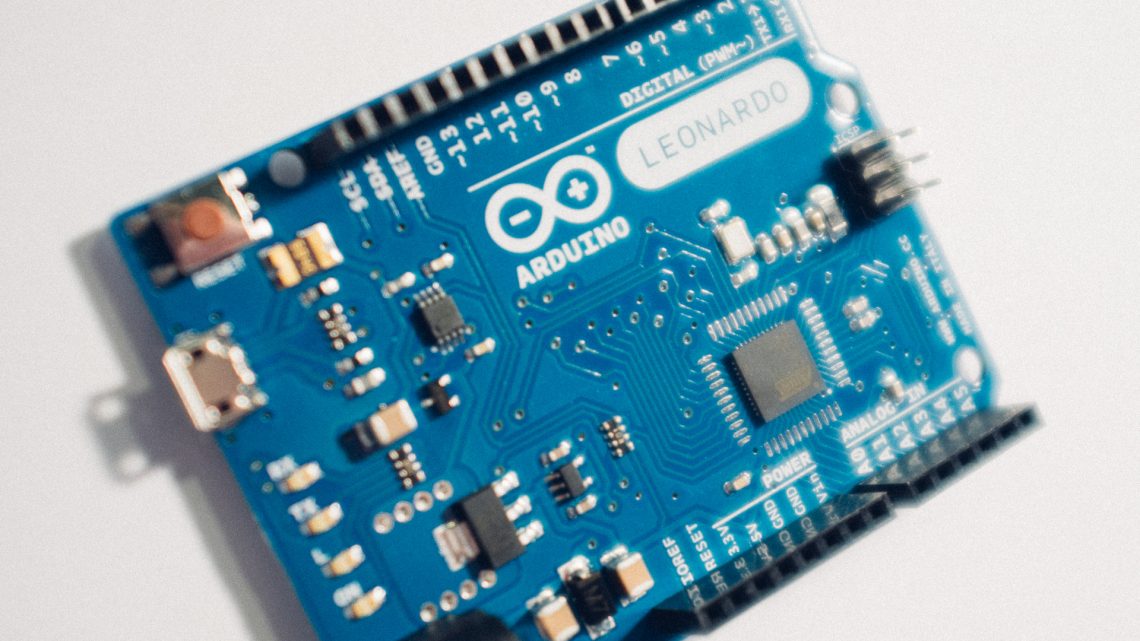
TL;DR (Too long; didn’t read)
Open source is not just about “giving away your stuff for free”. It’s among other things about:
- Creating a community around the project.
- Giving and receiving valuable feedback.
- Cooperation. Letting other people contribute.
- Sharing knowledge.
- Learning. With todays fast knowledge sharing platforms it’s, (among other things, thanks to different Open Source licenses,) possible to learn almost anything.
And often are the resistance towards something new, caused by a lack of knowledge. Open Source in it self is not new, but combined with todays ease of sharing, it has become a powerful tool!
So do you think open source is something for you? Do you think you can contribute to this movement? Or maybe you already are deep into it?
If you are brewing on an awesome Open Source project, submit it to hack-a-day and compete for a trip to space! Yes, actually. A trip to space!!
I will in the next blog post explain how you can create an open source project, including things such as licensing, sharing platforms, and legal rights. And what the “Maker Movement” has to do with this “Open Source Movement” will also be examined. So stay tuned!


